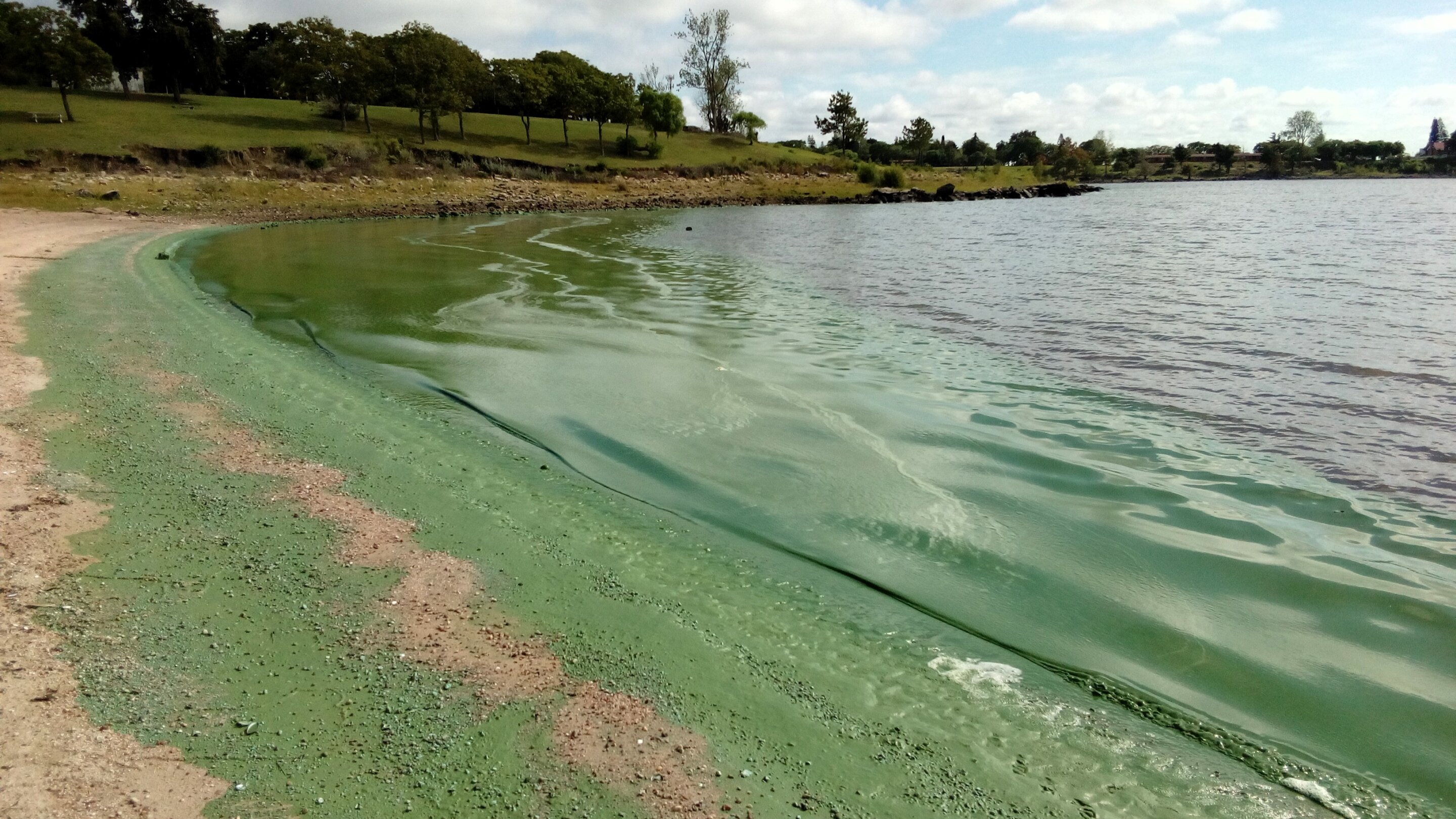Contrary to popular belief, water temperature has little to no influence on the growth of blue-green algae, also known as cyanobacteria blooms, even during the hottest periods of summer in Canadian lakes. A team of international researchers, which includes scientists from Université Laval, published their findings in the esteemed journal, Harmful Algae.
The research team, consisting of scientists from eight different countries, analyzed data from 464 lakes in North and South America to come to this conclusion. These lakes span a vast geographical range, stretching from Tierra del Fuego in Argentina to Ellesmere Island in Nunavut, and cover a wide range of climates from equatorial to polar.
“We found no significant relationship between the latitude or climate gradient of these lakes and the biomass of cyanobacteria,” stated Professor Dermot Antoniades, a researcher at Université Laval’s Centre for Northern Studies and Department of Geography. “Water temperature alone does not impact the growth of blue-green algae.”
Instead, the researchers discovered that the main factor influencing cyanobacteria biomass in the Americas is the concentration of phosphorus in the lake water. Nitrogen levels also play a role, particularly in lakes less than 3 meters deep.
“In our region, cyanobacteria blooms occur during summer due to the high nutrient inputs from natural runoff, lake sediments, and human activities,” explained Professor Antoniades. “Without sufficient phosphorus and nitrogen, cyanobacteria cannot thrive, regardless of the temperature. Conversely, they can thrive even in colder climates.”
The researchers even documented a case in Resolute on Cornwallis Island, one of the coldest inhabited places in the world, where blooms occurred in the past due to nutrient inputs from wastewater. This further emphasizes the importance of nutrient abundance in promoting cyanobacteria growth.
While the potential connection between rising temperatures caused by human activities and cyanobacteria blooms has received much attention, Professor Antoniades warns against excessive focus on temperature alone.
“We acknowledge that global warming exists, and higher temperatures can exacerbate blooms when nutrients are abundant. However, without sufficient nutrients, warmer temperatures will not significantly impact cyanobacteria biomass. To address the bloom problem effectively, we must target the abundance of phosphorus and nitrogen in the lake environment,” concluded Professor Antoniades.
More information: Sylvia Bonilla et al, Nutrients and not temperature are the key drivers for cyanobacterial biomass in the Americas, Harmful Algae (2022). DOI: 10.1016/j.hal.2022.102367
Citation: Water temperature found to not impact blue-green algae blooms (2023, July 5) retrieved 5 July 2023 from https://phys.org/news/2023-07-temperature-impact-blue-green-algae-blooms.html
This document is subject to copyright. Apart from any fair dealing for the purpose of private study or research, no part may be reproduced without the written permission. The content is provided for information purposes only.
Denial of responsibility! TechCodex is an automatic aggregator of the all world’s media. In each content, the hyperlink to the primary source is specified. All trademarks belong to their rightful owners, and all materials to their authors. For any complaint, please reach us at – [email protected]. We will take necessary action within 24 hours.

Jessica Irvine is a tech enthusiast specializing in gadgets. From smart home devices to cutting-edge electronics, Jessica explores the world of consumer tech, offering readers comprehensive reviews, hands-on experiences, and expert insights into the coolest and most innovative gadgets on the market.


